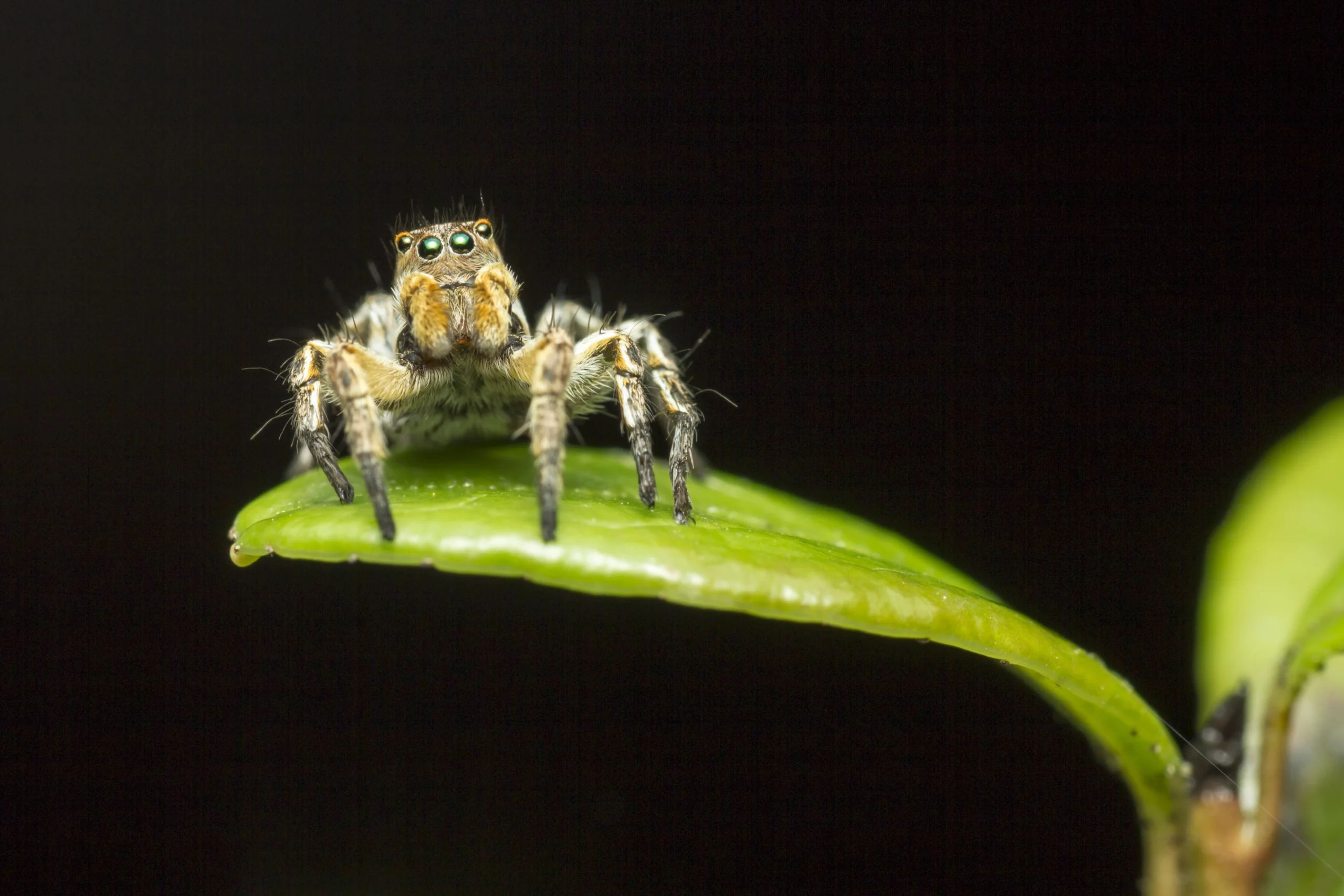Jumping spiders as pets are gaining popularity among exotic pet enthusiasts. These small, fascinating creatures are not only low-maintenance but also highly entertaining to observe. In this guide, we’ll explore everything you need to know about keeping jumping spiders as pets, including their lifespan, diet, and care requirements.
For more unique animal companions, check out our post on exotic pets for emotional support.
What Are Jumping Spiders?
Jumping spiders belong to the Salticidae family, known for their incredible agility and acute vision. Unlike other spiders, they don’t rely on webs to catch prey but instead leap onto their targets with precision. Their colorful appearance and quirky behaviors make them an intriguing choice for pet owners.
Want to learn about other low-maintenance pets? Visit our article on low-maintenance pets with emotional benefits.
Jumping Spiders as Pets: Pros and Cons
Pros
- Low Maintenance: They require minimal care compared to traditional pets.
- Fascinating Behaviors: Watching them hunt and explore is highly engaging.
- Small Space Requirements: Perfect for apartment living.
Cons
- Short Lifespan: Typically live only 1-2 years.
- Limited Interaction: Not ideal for those seeking a cuddly companion.
Read our guide on ducks as pets for more insights into unique pet choices.
Jumping Spider Lifespan
Jumping spiders live for an average of 1-2 years. Males tend to have shorter lifespans, often living just over a year, while females can live slightly longer. Proper care, including a clean environment and appropriate diet, can help maximize their lifespan.
Are you curious about how other animals live and thrive? Learn more in our post on animal-assisted therapy techniques.
What Do Jumping Spiders Eat?
Jumping spiders primarily feed on live insects such as fruit flies, small crickets, and gnats. It’s important to provide prey that is appropriately sized for your spider to avoid injury. Feeding them 2-3 times per week is typically sufficient.
Discover feeding tips for other unique pets in our article on lovebirds for emotional support.
Are Jumping Spiders Friendly?
Despite their intimidating reputation, jumping spiders are generally docile and curious. They’re unlikely to bite unless provoked and can even recognize their owners over time. These qualities make them one of the friendliest pet spiders available.
Want to know more about friendly animals? Check out our post on dogs as therapy companions.
Spider Average Jumping Distance
Jumping spiders, for instance, can leap distances up to 50 times their body length. Moreover, they use their strong hind legs and a silk tether for stability, which makes them incredible hunters and escape artists. Additionally, watching them jump is undoubtedly one of the most entertaining aspects of keeping them as pets.
For more fascinating animal abilities, explore our post on therapy animals for social anxiety.
Types of Jumping Spiders
Some of the most popular species for pet ownership include:
- Phidippus regius (Regal Jumping Spider): Known for its vibrant colors.
- Phidippus audax: Common and easy to care for.
- Hyllus diardi: Larger species with bold patterns.
Looking for more pet ideas? Read about therapeutic dogs for autism support.
How to Care for a Jumping Spider
- Enclosure: A small, ventilated container with climbing surfaces and hiding spots.
- Temperature & Humidity: Keep temperatures between 75-85°F and humidity around 60-70%.
- Cleaning: Remove uneaten prey and clean the enclosure weekly.
For additional care tips, visit our guide on psychiatric service dog training.
Conclusion
Jumping spiders as pets are an excellent choice for those looking for a low-maintenance yet fascinating companion. From their hunting skills to their friendly demeanor, they bring a unique joy to pet ownership. If you’re considering a jumping spider, remember to provide proper care and enjoy the experience of observing these incredible creatures.
For more about animal-assisted support, visit our homepage: Therappets.

